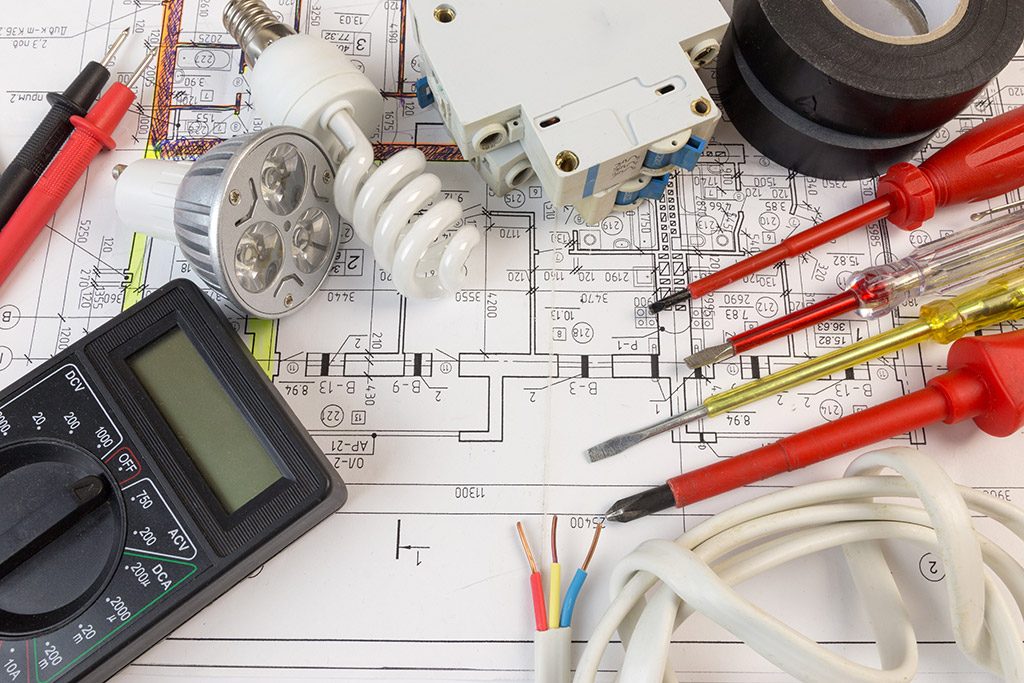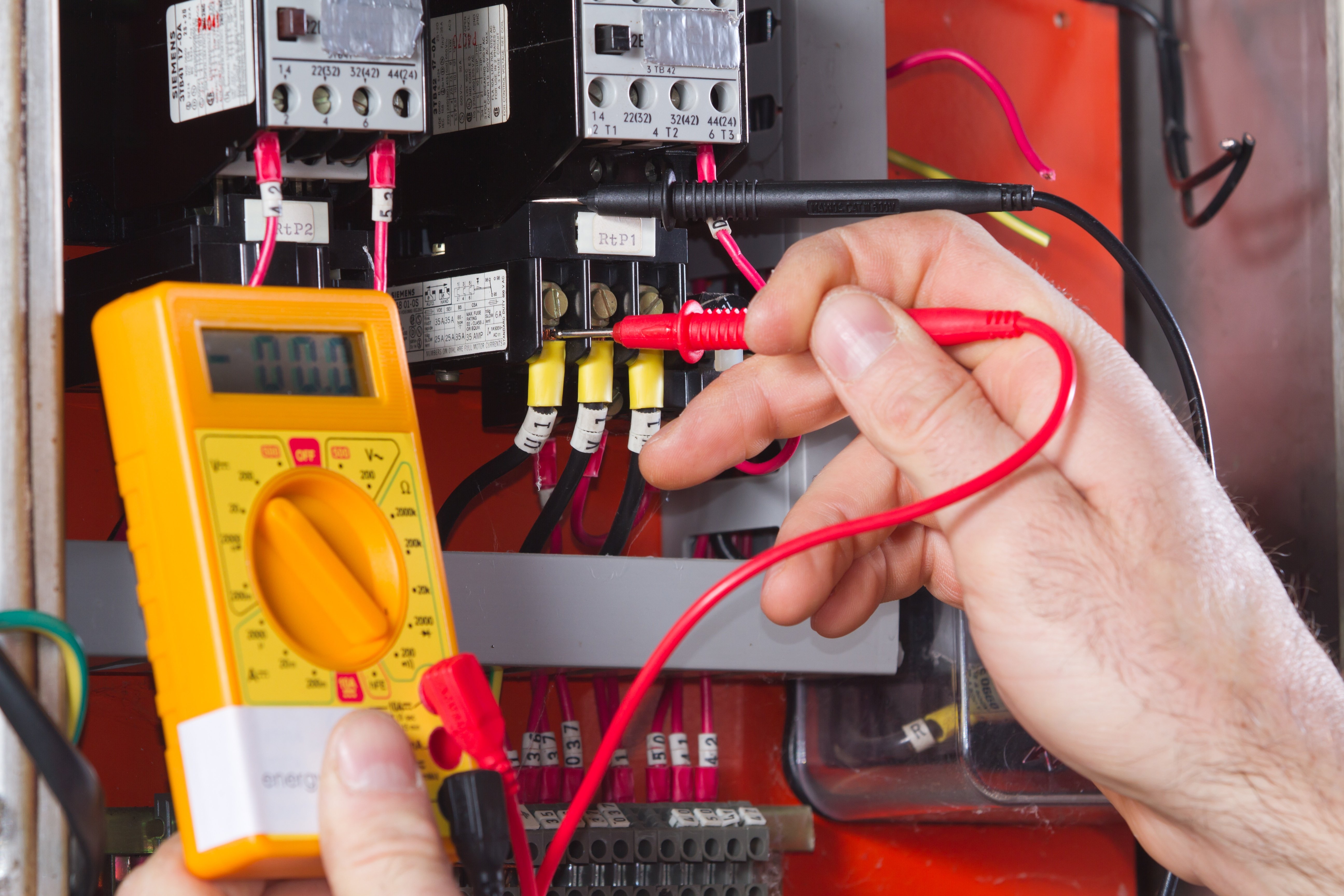Tailored BRE Electrical Solutions for Residences and Services
Wiki Article
The Ultimate Guide to Electric Installation: Tips and Methods for a Safe and Effective Home Electrical Wiring System
In the world of home maintenance, few facets are as essential yet often ignored as the electrical wiring system. By exploring the subtleties of electric safety and security actions and energy-saving techniques, this comprehensive overview will certainly shed light on the ins and outs of home electrical wiring, empowering people to take fee of their home's electric framework.Understanding Electrical Safety Actions
To make sure the safety of both people and home, understanding and carrying out correct electrical safety steps is extremely important in any type of home wiring task. Power is an effective pressure that can be unsafe if not taken care of with care. Among the fundamental precaution is ensuring that all electric job is carried out by qualified professionals that comply with regional building ordinance and regulations. It is vital to carry out a complete evaluation of the electric system prior to beginning any type of circuitry job to identify prospective risks or problems that require to be dealt with.Additionally, using the suitable tools and devices is vital for maintaining safety and security during electrical installations. Protected gloves, voltage testers, and protective glasses are some of the fundamental security gear that need to be used to prevent electrical shocks or crashes. It is additionally vital to de-energize circuits before dealing with them and to classify all circuits and breakers plainly to prevent complication.

Crucial Tools for Home Wiring
Ensuring the correct execution of electrical safety and security actions in home circuitry jobs entails utilizing a specific collection of important devices created to facilitate the setup procedure successfully and securely. Some of the secret tools required for home wiring jobs include a voltage tester for checking real-time cables, wire strippers for removing insulation from cords, a cable cutter for exactly cutting cords to length, a screwdriver established for securing electrical parts, electric tape for insulation and safeguarding connections, a wire ripper for removing wire sheathing, and a multimeter for determining voltage, current, and resistance.Step-by-Step Electric Installation Overview
Beginning an electrical installment project requires meticulous preparation and adherence to safety standards. Prior to beginning any job, ensure you have a thorough plan outlining the design of the electric system, including the positioning of electrical outlets, buttons, and components. Consider the power requirements of each tool to establish the appropriate wire gauge and breaker dimensions.The first action in the installation process is to shut down the power supply to the area where you will be functioning. Use a voltage tester to verify that the circuits are de-energized prior to touching any kind of cords. Next off, thoroughly remove existing components or outlets and detach the cables.
When setting up new electrical wiring, run wires through walls and ceilings, protecting them in area with appropriate fittings. Adhere to neighborhood building ordinance and producer guidelines for proper wire installment and connections. BRE Electrical Solutions. See to it to label cables for simple identification and future maintenance

Troubleshooting Common Electrical Wiring Issues
Having completed the installation process as described in the previous subtopic, fixing usual electrical wiring concerns is a necessary ability for guaranteeing the safety and capability of your electrical system. One typical issue is a stumbled breaker, commonly created by overloaded circuits or a short circuit. To repair this, locate the breaker panel, recognize the stumbled breaker by looking for the one not fully in the "on" placement, and reset it by flipping it totally to "off" and then back to "on." An additional common issue is a defective outlet, characterized by no power or intermittent power supply. Make sure the outlet is not controlled by a button, then use a voltage tester to look for power. If there is no power, turn off the circuit, evaluate the wiring links for any loose or broken cables, and change the outlet if essential. Continuously flickering lights can suggest loose circuitry connections or an overloaded circuit. To address this, check and tighten up all cord links in the affected components and switches and rearrange the tons on the circuit to balance the electric demand. On a regular basis examining and promptly addressing these typical wiring issues will certainly preserve the safety and security and effectiveness of your home electrical system.Tips for Energy-saving Electrical Equipments
For optimal power performance in electric systems, carrying out smart methods and making use of energy-saving innovations is vital. One essential idea for attaining an energy-efficient electrical system is to update to LED illumination. LED BRE Electrical Melbourne light bulbs eat considerably less energy than typical incandescent bulbs and have a longer lifespan, making them a cost-efficient selection in the long run. Additionally, installing programmable thermostats can help manage heating and cooling systems, reducing energy waste when nobody is home. An additional technique is to buy energy-efficient home appliances that are ENERGY STAR licensed, ensuring they fulfill high criteria for power efficiency. Correct insulation and sealing of home windows, doors, and electric outlets can likewise avoid power loss, inevitably minimizing the workload on electric systems. Last but not least, take into consideration integrating sustainable energy sources like solar panels to additional reduction dependence on standard power grids. By including these energy-efficient ideas and technologies, homeowners can not only conserve money on their power expenses yet additionally decrease their ecological impact.Conclusion
In verdict, carrying out correct precaution, using essential devices, complying with a detailed installment overview, fixing usual concerns, and incorporating energy-efficient suggestions are critical for a secure and effective home electrical wiring system. By sticking to these methods, home owners can ensure the long life and capability of their electric setups. It is very important to focus on safety and performance when it comes to electrical job in order to protect against possible threats and to maintain a trustworthy electrical system in the home.Report this wiki page